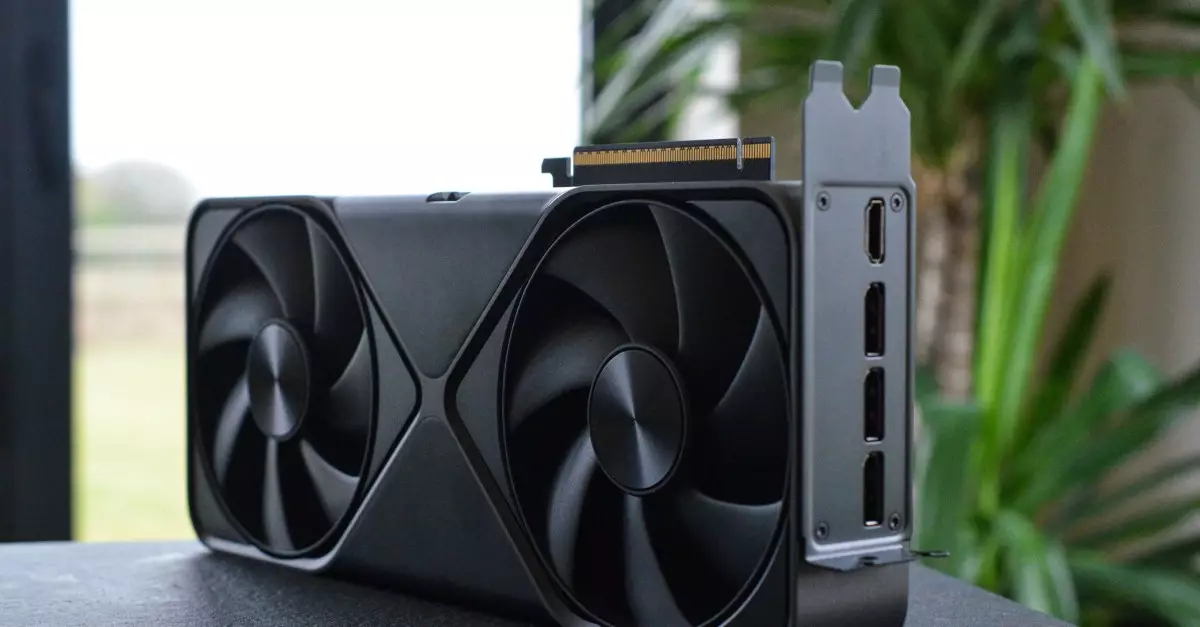The gaming community has been buzzing with anticipation surrounding Nvidia’s latest graphics card, the RTX 5090, particularly given its impressive price point of $1,999. However, the highly awaited launch has devolved into chaos, setting the stage for discussion about the pitfalls of high-demand product releases. Retailers have begun warning that consumers may have to wait until April or May for stock, raising questions about Nvidia’s supply chain management and marketing strategies.
In a worrying trend, Nvidia has been labeled as experiencing a “paper launch.” This term describes situations when a product is announced and promoted heavily but is essentially unavailable for purchase. Early indicators of this trend appeared when customers camped outside retailers, only to find next to no stock of the RTX 5090 on launch day. Reports from users interacting on Reddit reveal that many Micro Center locations across the US were virtually empty, despite the hefty pre-launch marketing campaign.
Industry insiders have echoed these frustrations. For instance, it was revealed that some of the largest system integrators received only a negligible number of RTX 5090 units on launch day—one receiving a solitary unit while others were completely out. This kind of imbalance not only frustrates consumers but also undermines Nvidia’s credibility in delivering on its product promises.
The community’s reaction has been largely negative, as indicated by numerous posts lamenting the lack of availability. Gamers Nexus highlighted these grievances, noting that the RTX 5080 was significantly easier to acquire, though it too soon fell victim to stock shortages. Persistent complaints and tales of consumers queuing for days—only to leave empty-handed—amplify consumer frustration. Such a disconnect between the anticipated and real-world availability suggests that retailers and Nvidia underestimated demand.
Furthermore, scalping has quickly gained traction amid the limited availability. With some scalpers auctioning the RTX 5090 for exorbitant prices—upwards of $5,800—many aspiring buyers have been driven into the secondary market. This exploitation exacerbates the frustration felt by genuine gamers who are unable to access the card at its intended retail price.
As the dust settles on the RTX 5090 launch, it’s imperative for Nvidia and its retail partners to reassess their strategies. Ensuring a balanced supply before launch, providing transparent updates on stock availability, and implementing measures to curb scalping would bolster consumer trust. Additionally, Nvidia could consider empowering retailers with better inventory management tools, enabling them to handle demand more effectively.
The RTX 5090 launch has highlighted critical issues within Nvidia’s logistics and marketing strategies, turning a day of excitement into a reminder of what happens without proper planning. The community deserves more—more availability, more transparency, and ultimately, a better experience overall.


Leave a Reply